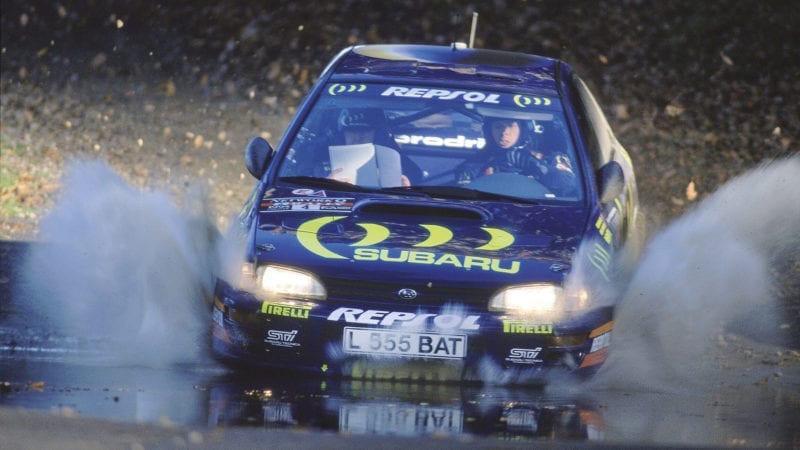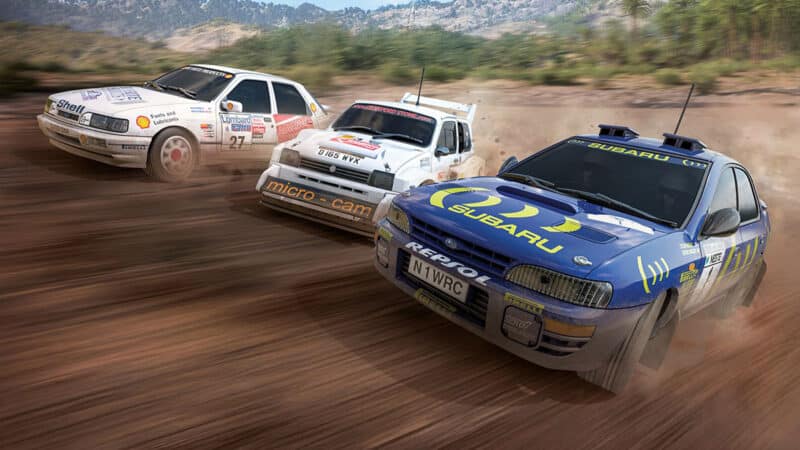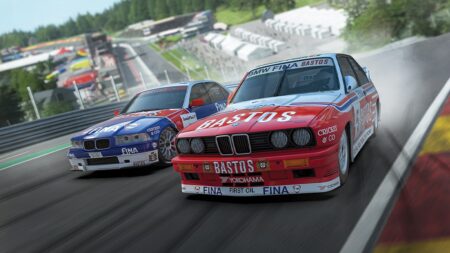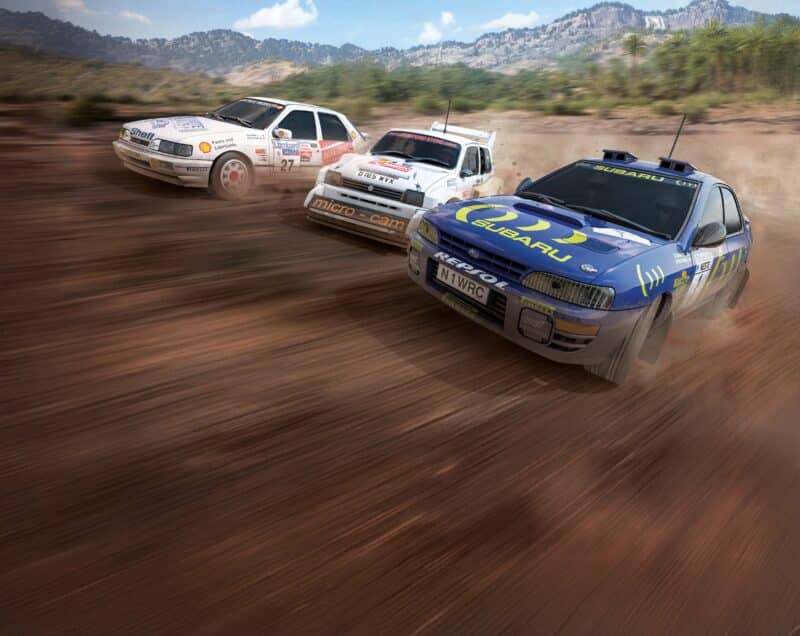Loud and brash, the Cosworth proved a perfect match for McRae as he guided it to fifth overall at Rally New Zealand and ultimately secured second in Group N behind Pentti Airikkala. The partnership strengthened in 1990, as he moved up to Group A yet was still able to guide the two-wheel drive monster to second in the BRC.
Then in that year’s RAC Rally, McRae suddenly became the youngster to watch. Behind the wheel of a 4×4 edition of the Cosworth — run by Shell — McRae stole headlines from title contenders Lancia and Toyota as he claimed sixth overall, some distance ahead of the factory-run Sierras despite several accidents.
The performance earned McRae a seat with Prodrive, with which he won the BRC in 1991 and 1992. The following year he moved up to join Ari Vatanen in the WRC with Subaru, and impressed on debut in Sweden with a podium finish. Six months later he earned his first overall victory in New Zealand, reinforcing Prodrive and Subaru’s belief that McRae was capable of something truly special. All he needed was the right car. And in 1994, they gave him just that.
The Subaru Impreza was an improvement on its predecessor (the Legacy) in almost every way. It was shorter, lighter and faster — especially in the hands of McRae, who raced it to overall victory in New Zealand and the RAC and helped lift the team to a second-place finish in the championship.

McRae in his title-winning 1995 Subaru Impreza at the RAC
Mike Hewitt /Allsport via Getty Images
In 1995, McRae took the spoils. Still behind the wheel of the car with which he has now become synonymous, he began the season slowly. However, after he won New Zealand for the third consecutive year, the Scotsman’s title charge took off and he entered the season finale at the RAC Rally in the UK level on points with team-mate Carlos Sainz.
To be champion, McRae had to simply beat the Spaniard, which the 27-year-old proceeded to do in his own daredevil style, setting the fastest time on 18 of the 28 stages and leading home a Subaru 1-2-3 to become the youngest and Britain’s first WRC champion.
The feat would turn out to be the Scotsman’s peak, as in the years that followed, the dominance of rival teams ultimately kept McRae from another world title. He continued to compete at the very top of the rallying world, moving from Subaru to Ford in 1999 and from Ford to Citroën in 2003 — winning 20 more rallies outright and finishing second in the championship three times.
Even as his WRC career drew to a close, McRae remained a prominent figure in rallying — and many would argue that he was the face of it. Every now and then he’d remind us that he still had the potential to run against the very best, no matter the machinery underneath him. And that’s where the legendary MG Metro 6R4 comes in.
Owned and operated by McRae himself, the Metro was the hottest of hot hatches and became an icon in the hands of the Scotsman. He used it for course car duties during the 1998 Colin McRae Stages and later wrestled it around the countryside at the 2006 Donegal Rally — in which he finished an impressive eighth overall against some of very best WRC machinery.
The performance sparked rumour and speculation that McRae could make a return to the world rally stage in 2007.
But before the Scotsman could return to the series that had made him a cult hero, tragedy struck, as McRae was killed in a helicopter crash near his home in Lanark on September 15.
His immense legacy has lived on though, with numerous WRC racers and champions citing McRae in his 555 Subaru as their ultimate inspiration. And now, via Scalextric, we can all recapture the spirit of one of the greatest drivers in rallying history, by piloting three of his most iconic cars on our very own tracks.




